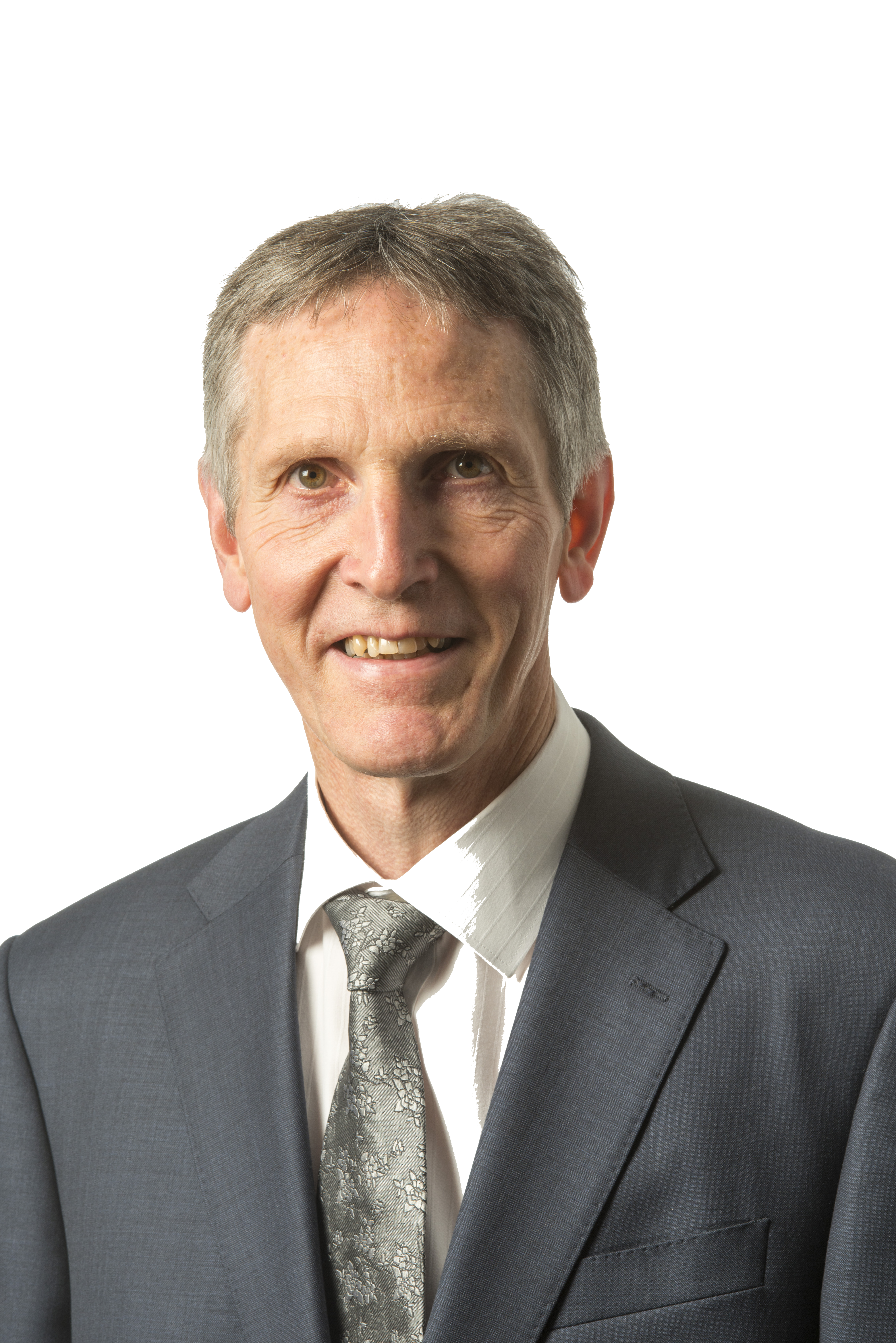AUGUST 2016 PRESIDENT'S PAGE
Half Time on the UKCS
 Looking back at the first half of the year it is notable that only 8 Exploration and Appraisal (E&A) wells (including geological sidetracks) have been spudded on the UKCS, and we had to wait until the 7th March for the first spud of 2016. Across the entire North Sea only Norway is close to the level of activity seen for the same period in 2015, due to the significant refund available from the state which has underwritten activity. The results to date from the UKCS indicate 4 successes, one dry hole and three wells still active. These results are encouraging, even though the discoveries are modest in size. Summer is the period when seismic boats move into the North Sea from West Africa and deepwater rigs move West of Shetland to drill E&A wells. As expected there are few 3D/4D shoots planned on the UKCS and at present there is only one active West of Shetland well (Loanan). Indeed as I write there are only 5 active E&A wells on the UKCS and 2016 may see the lowest E&A well count since we started exploring in 1964.
Looking back at the first half of the year it is notable that only 8 Exploration and Appraisal (E&A) wells (including geological sidetracks) have been spudded on the UKCS, and we had to wait until the 7th March for the first spud of 2016. Across the entire North Sea only Norway is close to the level of activity seen for the same period in 2015, due to the significant refund available from the state which has underwritten activity. The results to date from the UKCS indicate 4 successes, one dry hole and three wells still active. These results are encouraging, even though the discoveries are modest in size. Summer is the period when seismic boats move into the North Sea from West Africa and deepwater rigs move West of Shetland to drill E&A wells. As expected there are few 3D/4D shoots planned on the UKCS and at present there is only one active West of Shetland well (Loanan). Indeed as I write there are only 5 active E&A wells on the UKCS and 2016 may see the lowest E&A well count since we started exploring in 1964.
I was surprised to see that the UK was in the top ten countries in the world for finding new oil in 2015. Although the province had a reasonable year given the low number (13) of exploration wells drilled, it does reflect more on the very low volume of oil (2.8 billion barrels outside of North America) found worldwide. This is the lowest level for 64 years and the fifth straight year that gas discoveries have exceeded oil. It’s amazing that on a planet that is apparently awash with oil either coming out of the ground or in storage on the surface we are struggling to find any new reserves. Inevitably this will have its impact at some future point.
On the development front activity continues on major UKCS projects sanctioned at much higher commodity prices such as Mariner, Culzean, Kraken, Stella, Catcher, Clair Ridge and the Quad 204 Redevelopment, and the Solan Field has finally come on stream. In terms of new fields sanctioned, there has not been one this year at the time of writing, although OGA are currently reviewing a small number of field development plans. The pipeline of new projects and new exploration successes in the UKCS has almost run dry. This will inevitably lead to a production decline from around 2018 onwards, once the current development projects are on stream.
Although E&A activity on the UKCS has been very low over the last couple of years, it is premature to think that the province is done. There is still lots to play for as oil and gas prices improve, and with a median yet to find estimate of 9 billion boe the UKCS is certainly not supermature. Our job is to help make places such as the UKCS a quality investment opportunity so that it attracts the required funds to deliver this potential. The Johan Sverdrup discovery in Norway shows what potential can reside in so-called mature areas. An annual E&A well count of around 50 wells is required on the UKCS to deliver this 9 billion barrels within a reasonable time frame. This is a far cry from this year’s tally which is expected to be in the range of 10-15.
Delivering around 50 E&A wells per year requires a major reduction in cost to enable the size of remaining prospects (typically 30 mmboe or less) to be commercially viable. Post-Macondo regulation has had a major negative impact on well cost and needs to be reviewed to ensure it is fit for purpose. In addition, access to an export route at reasonable cost is also required. There are many examples on the UKCS of small discoveries that cannot access an export route at reasonable cost, and therefore remain stranded. As a result there is no incentive to spend money on finding more, as this only adds to the backlog and destroys value. In the mature areas of the North Sea many prospects need this infrastructure issue resolved before they will see any drilling. It is principally through the drilling of these modest sized features that we will start to unlock the significant stratigraphic upside within the basin that undoubtedly remains.

